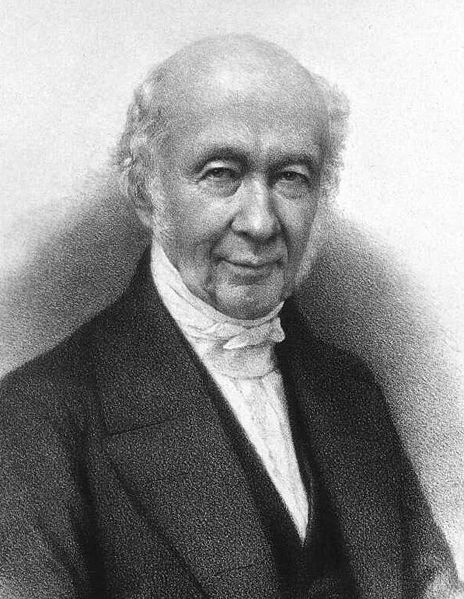Baron Karl von Reichenbach

After retiring from his scholastic and industrial endeavors in 1839, he embarked upon the investigations into maladies of the human nervous system. His investigations looked into human neurological ailments such as neurasthenia, somnambulism, hysteria and various phobias. It became apparent to him that many of the affected people he studied had particularly acute sensory faculties. For this reason he came to term them as "sensitives". It was his investigations into their sensitivities that led to the discovery of the Odic phenomenon.
Hypothesizing that the noted sensitivities were probably induced by environmental electro-magnetic influences, he proceeded with investigations along those lines of inquiry. However, it wasn't long before he discovered that the sensitives themselves reported vivid sensations, both visual and otherwise, which could not be attributed directly to electrical or magnetic phenomenon. The results from his investigations with his subject were very consistent, but could not be rightly classified as any known force. With further investigation he found that while this "force" or "energy" could be affected by a multitude of things such as light, heat, magnetism, electrostatic forces, and more, he could not detect the energy on any instruments at his disposal. However, his patients could readily detect it and could describe it in great detail. Thus, Von Reichenbach studiously took copious notes on the phenomenon his patients were describing, all while designing experiments to try to ascertain the source of the phenomenon he dubbed as the "Odic Force".
Von Reichenbach's work with the Odic Force is of particular interest here for two reasons. One is that he was first and foremost a scientist. Thus his work was done in a very scientific manner. As such, the work he left behind can be duplicated and expanded upon. Presumably, with our modern technology, there can be found some sort of measuring apparatus which either exists or can be fabricated, to directly detect and record the energy that the Baron's experiments described.
The other reason that Von Reichenbach's work is of such interest is that many of the conclusions and results of his Odic experiments strongly parallel the technology used in the Edgar Cayce readings. As we point out in that section, the reading's themselves attribute all healing, whether from a surgeon's knife, medicine, massage, or the laying on of hands as being the rebalancing of a patient's life force, which the readings equated with what they referred to as the "ether". It is because of the remarkable successes found in Edgar Cayce's 9,000+ medical readings, which use therapies that when viewed in the modern medical paradym make little or no sense, but which clearly work remarkably well, that we pursue the Odic Force line of inquiry as being investigations into what the Edgar Cayce readings to as ether.
It is hoped that by duplicating the work of Baron Von Reichenbach we might establish a baseline with his results. However, by trying to use modern technology to detect, and hopefully measure the phenomena reported by our sensitives, we might be able to better document this energy. Then, by adopting the Baron's techniques, in tandem with any technology we might develop, we can then investigate the technology found in the Edgar Cayce readings with the hope of gaining a more complete understanding of both this mysterious energy, and the healing methodologies of the Edgar Cayce Readings.
We plan on making several of Baron Von Reichenbach's written works available on this site for the purposes of research. The first of the works we are making available is:
- Physico-Physiological Researches On The Dynamics Of Magnetism, Electricity, Heat, Light, Crystallization, And Chemism, In Their Relation To VITAL FORCE - Part I
- THE ODIC FORCE - Letters On Od And Magnetism